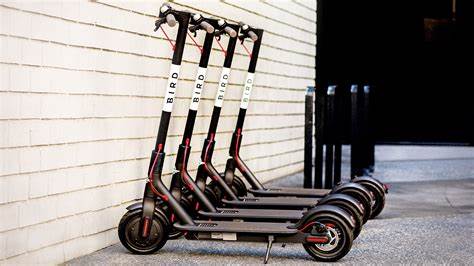Chestermere City Council is exploring joining the Automated Traffic Enforcement (ATE) Program.
Participation in the program is optional, but municipalities are responsible for implementing the system, which typically includes photo radar, red light cameras, and speed on green cameras.
Community Peace Officer Sergeant Trever Bowman explained to councillors at the March 7 meeting, that in 2019 the provincial government froze the program for review.
“The goal of this review was to ensure that ATE is being properly used for safety purposes and not revenue generation,” Bowman said.
During the program freeze, municipalities and police services couldn’t install new photo radar equipment, they couldn’t upgrade equipment, or add equipment to additional locations.
Existing programs and conventional enforcement were still permitted during the freeze, Bowman said.
Last year, the provincial government held stakeholder meetings and conducted public engagement regarding the program, and later released new guidelines for municipalities.
Under the guidelines, the program is not permitted on residential roads where the speed limit is less than 50 km/h, with the exemption of school, playground, and construction zones, transit zones such as on and off ramps are not permitted, and all equipment must be highly visible to ensure drivers are aware enforcement is being used.
Municipalities using the program must submit a quarterly and annual report to ensure the program meets safety outcomes and goals, meets the program’s performance targets and is operating under the province’s program framework, Bowman said.
“Based on the most recent information obtained, the province has now extended the existing freeze on ATE programs until Dec. 1,” Bowman said. “This is to allow municipalities and police services the opportunity to meet the new requirements and provide the province the opportunity to fully assess the data received from municipalities to ensure compliance with the guideline.”
Bowman contacted the province to determine if redlight cameras were included in the freeze but did not receive a repones.
Bowman also contacted a program contractor for pricing and contracts, but they were unable to provide any information, he said.
“Every place is different based on traffic patterns, based on statistics and accident collision rates, it would dictate what ATE programs would look like if we were to implement,” Bowman said. “The public’s perception of collision rates unfortunately is not one of the demographics involved here, it’s solely based on statistics.”
City council accepted Bowman’s presentation as information.







